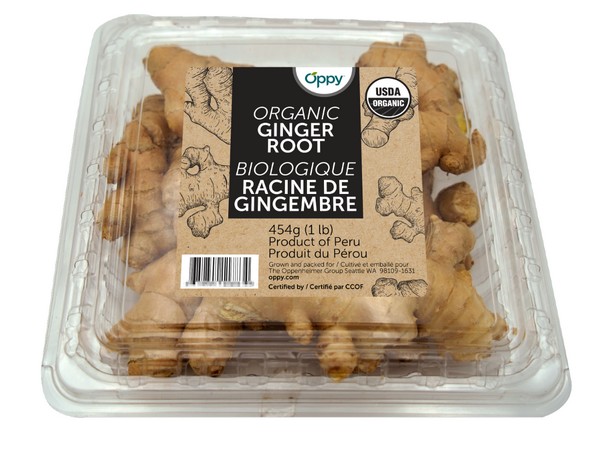In recent years, the Russian greenhouse vegetable industry has witnessed a remarkable transformation. According to Tamara Reshetnikova, CEO of “Growth Technologies,” import dependency remains the primary risk for vegetable producers. The most critical factor here is the reliance on imported seeds, with an overwhelming 90-95% of seeds used in modern fourth- and fifth-generation greenhouses coming from abroad. While greenhouses using natural light are more forgiving when it comes to using local seed varieties, the open-field vegetable sector also frequently turns to foreign selections.
At present, the only significant player in the Russian seed breeding market for protected-ground vegetable production is the company “Gavrish,” which primarily targets small farmers and household gardens. Larger commercial operations continue to depend heavily on imported seeds, equipment, spare parts, and crop protection products. However, recent years have seen a breakthrough in domestic production of fertilizers, soil substitutes, and packaging materials, slightly reducing reliance on imports in these areas.
Interestingly, this reliance on foreign seed technology may have contributed to the impressive growth in vegetable production within the protected-ground sector. Over the past decade, Russian greenhouse vegetable production has become a leader within the agricultural sector, driven by large- and medium-sized companies operating modern industrial greenhouses. According to estimates from “Growth Technologies,” these companies now account for 87% of the total greenhouse vegetable yield, producing over 1.4 million tons in 2023 alone.
Between 2012 and 2024, the area of operational greenhouses increased by 60%, while gross yields nearly tripled. As a result, the Russian greenhouse vegetable sector has moved beyond its initial extensive growth phase. Today, the focus is on improving efficiency, increasing yields, and optimizing production processes. These advances have significantly impacted the consumption of greenhouse vegetables, with per capita consumption reaching 11.6 kg per year in 2023, up from just 4.2 kg in 2012. Though this figure is still only 75% of the recommended dietary intake, it is expected to rise further in the coming years.
However, despite increased competition due to expanded production, wholesale prices for tomatoes and cucumbers in 2023 are expected to be 1.5 times and 35% higher, respectively, than in 2022. Reshetnikova notes that this price increase is partly driven by rising production costs, indicating that the potential for further growth has not yet been exhausted.
While production of all vegetable types—excluding potatoes—has increased in Russia, the overall gross yield has stagnated in recent years, with total production levels hovering between 12.5 and 14 million tons annually over the past two decades. Although growth was evident before 2020, the past five years have seen yields more influenced by weather conditions and pricing factors, rather than an upward trend. In 2024, the total vegetable harvest (excluding potatoes) is expected to reach 13-14 million tons, though the structure of this output is shifting. The share of household farms has dropped from 8 million tons in 2013 to 6 million tons in 2024, while commercial sector contributions have risen from 4.5 million to 7.4 million tons during the same period.
The Russian vegetable sector has made significant strides, particularly in protected-ground production. Yet, the heavy reliance on imported seeds and equipment poses a long-term risk to the industry’s sustainability. While local production of fertilizers and packaging has seen progress, achieving full self-sufficiency in the sector remains a distant goal. As the sector continues to grow, driven by medium and large greenhouse enterprises, the focus must shift toward reducing import dependence and strengthening domestic breeding programs to ensure long-term viability.










